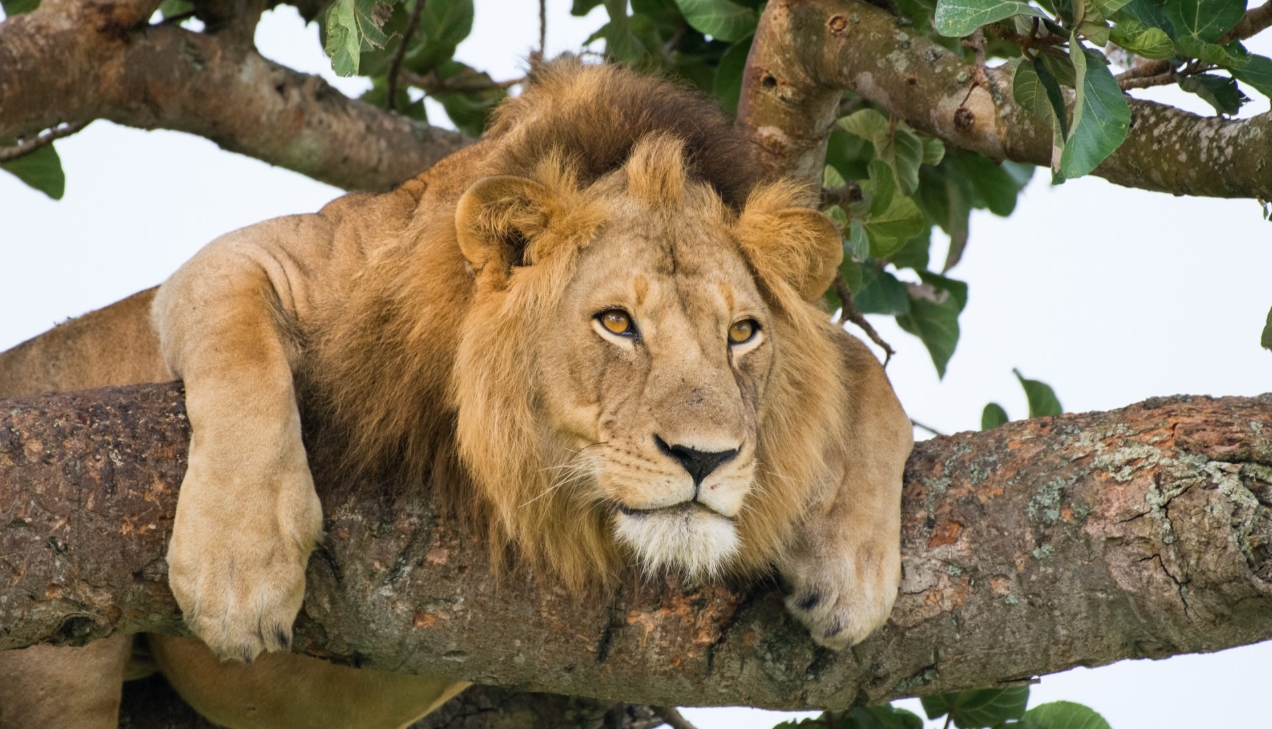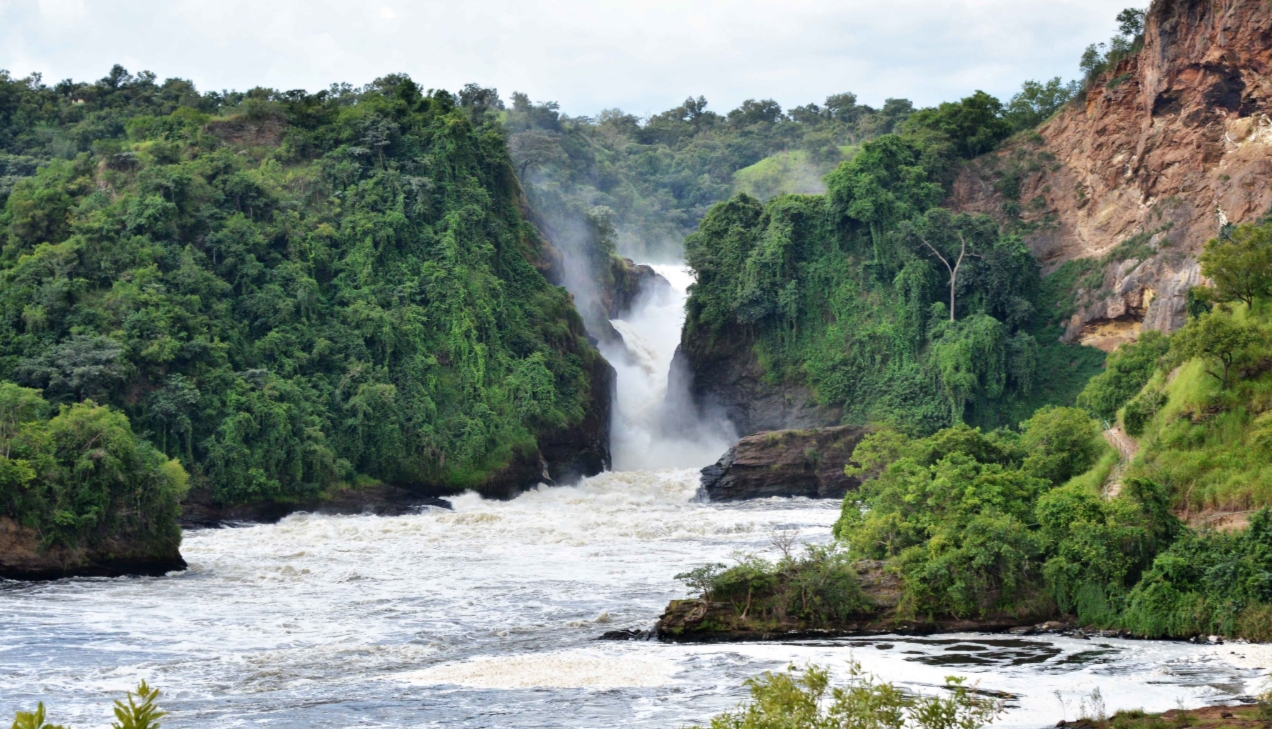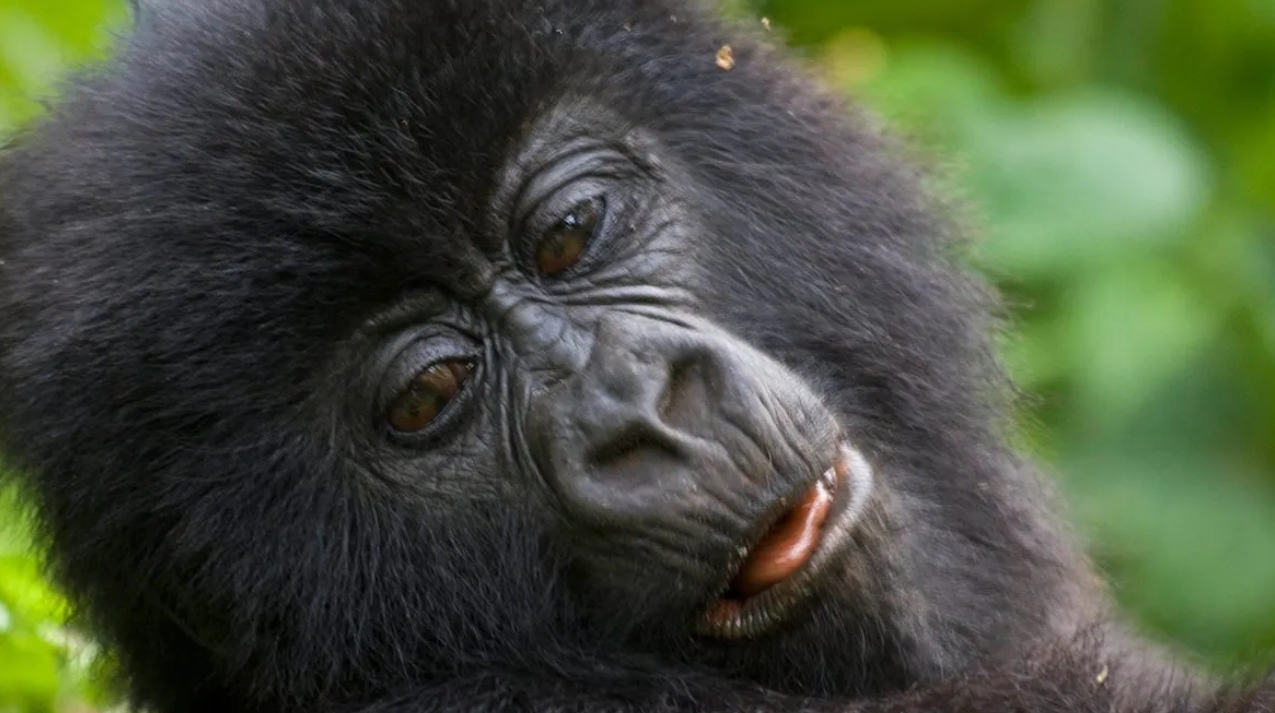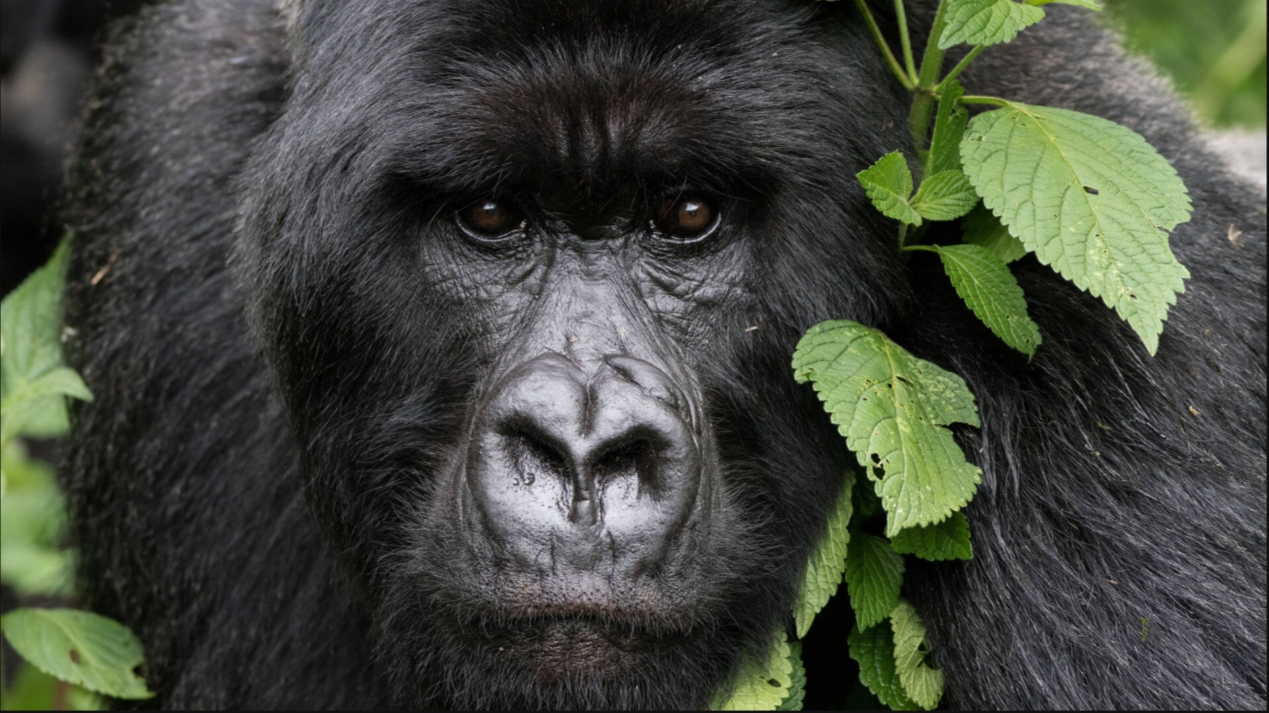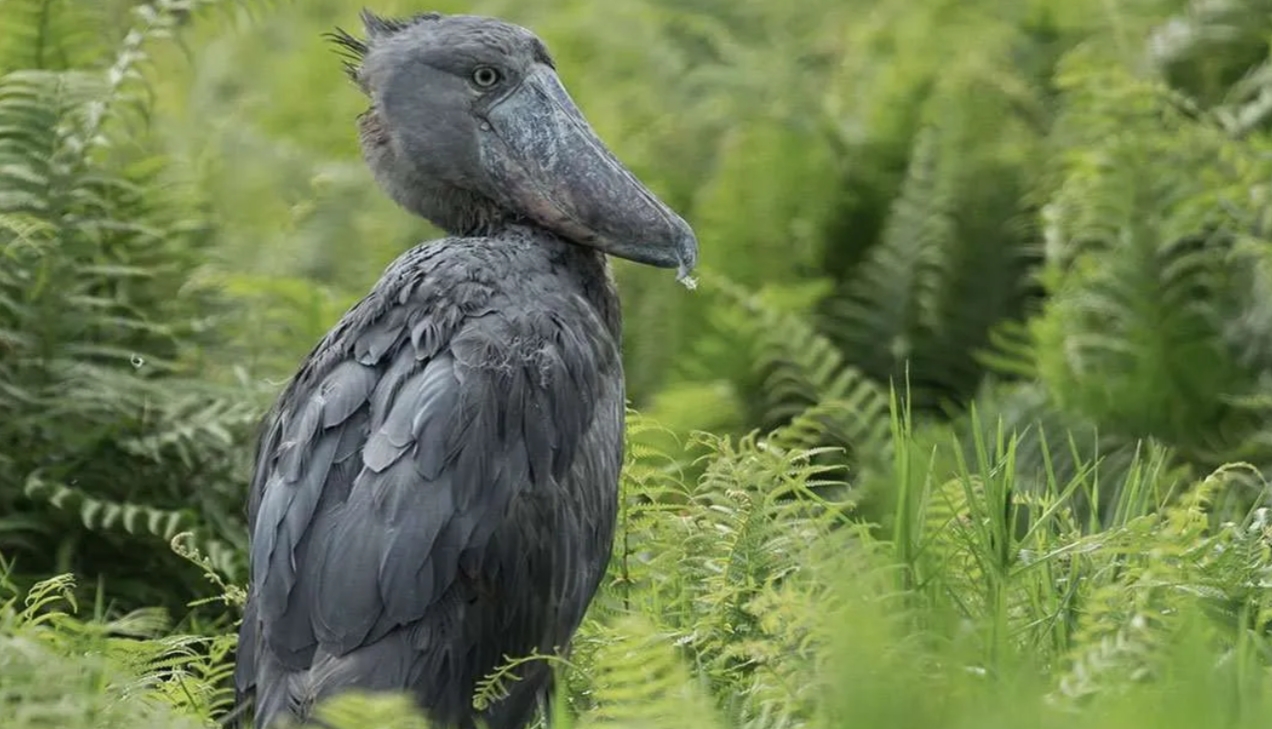
Why Mabamba Wetland is a Popular Destination?
Why is Mabamba Wetland a Popular Destination? This is one of the top birding destinations in Uganda, famous for hosting the sought-after Shoebill bird species, a unique bird that draws tourists, especially avid birders and nature lovers from different parts of the world. This swamp is located on the northern shores of Lake Victoria, covered by thick marshes, papyrus, water lilies, reeds, and wetland grass.
This swamp is a Ramsar site under the Important Bird Area due to its rich biodiversity that supports bird life with over 300 bird species, including. Rarities, specials, globally threatened, and Lake Victoria biomes that are restricted to this area. Out of the 12 Lake Victoria Biomes, 7 of them are restricted to Mabamba Swamp, such as Papyrus Gonolek, Waterfowl, Papyrus Yellow Warbler, African Marsh Harrier, Long-tailed Cormorant, Blue Swallow, African Darter, Village, among others.
This wetland is an Important Bird Area and a vital part of the Lake Victoria ecosystem that supports several biomes, such as the Blue Swallow, which contributes over 38% of the world population. This wetland not only hosts specialties, threatened, and restricted species among others, but also hosts large flocks of migratory birds every year from November to April.
Why Mabamba Wetland is a Popular Destination?
Mabamba Wetland is a significant area of huge ecological importance whose status was elevated in 2006, according to the Ramsar Convention, as a wetland of international importance, attributed to its rare and globally threatened bird species, among others. Globally, Birdlife International recognizes the Mabamba Swamp as an Important Bird Area.
What to do in Mabamba Wetland
Mabamba Wetland is famous for its iconic Shoebill Stork and several other species, where visitors can see these rare species from a closer point of view. The ideal time to go birding is during the morning when birds are active, where you will get to see them preying on several fish species such as lung fish, mudfish, or frogs. Also, you have a chance to see these birds throughout the day in their natural habitat. Experienced birding guides will lead and guide you about the place, concerning the wetland activities and the bird species as well. Get equipped with your birding gear, after boarding your canoe, and have your binoculars to search for the iconic Shoebill Storks from a distance. This offers a chance to visitors to explore and discover the swampy marshlands and wetland areas around and experience the birdlife of this prestigious Ramsar site.
Meet the local fishermen.
Mabamba Swamp hosts an abundance of bird species, where visitors can spot them in their natural habitat. The local site tour guides at the Mabamba wetland are predominantly fishermen who have been trained to preserve both the bird species and the wetland as well. While on your birdwatching tour, make sure you meet these fishermen who will warmly welcome you, while sharing with you information about the wetland and the area at large. You will also get to know about their culture and how they protect these bird species residing in the Mabamba Wetland.
Spot fishing at Mabamba Wetland
Predominantly, fishing was the main activity that was carried out within the area, but later the wetland became popular due to its unique wetland birds, particularly the unique the iconic Shoebill species and several other birds such as the Papyrus Gonolek, Blue Swallow, Malachite Kingfisher, African Jacana, African Pygmy Goose, African Fish Eagle, Great Cormorant, among others. The wetland is ideal for popular and unique fish species such as Nile Perch, Lung fish, Tilapia, mud fish, and others. Upon reaching the wetland, visitors have a chance to interact with several fishermen as they work on their boats and nets.
Canoe Tour-Why Mabamba Wetland is a Popular Destination?
On the other hand, canoe tours can also be arranged for visitors who would wish to explore more about the wetland through activities like birdwatching, fishing, and touring around the nearby islands on Lake Victoria, Africa’s largest freshwater lake. However, before boarding the canoe, make sure that you are equipped with a life jacket for safety reasons. This will give you a chance to search for more bird species as you glide through the narrow water channels, surrounded by papyrus swamps, water lilies, reeds, and thick swamp grass.
Despite being a popular birding destination particularly for the elusive Shoebill stork, a sought after bird, the wetland is also a haven foe other several bird species such as Blue Swallow, African Darter, Malachite Kingfisher, Papyrus Gonolek, African Fish Eagle, Cormorants, Yellow-billed Stork, Black Bee-eater, Swamp Flycatcher, White-faced Whistling Duck, Hamerkop, White-winged warbler, Long-tailed Cormorant, Lizard Burzzard, Sooty Chat, Red-bellied Paradise Flycatcher, Grassland Pipit, and Rock Pigeon, among others.



